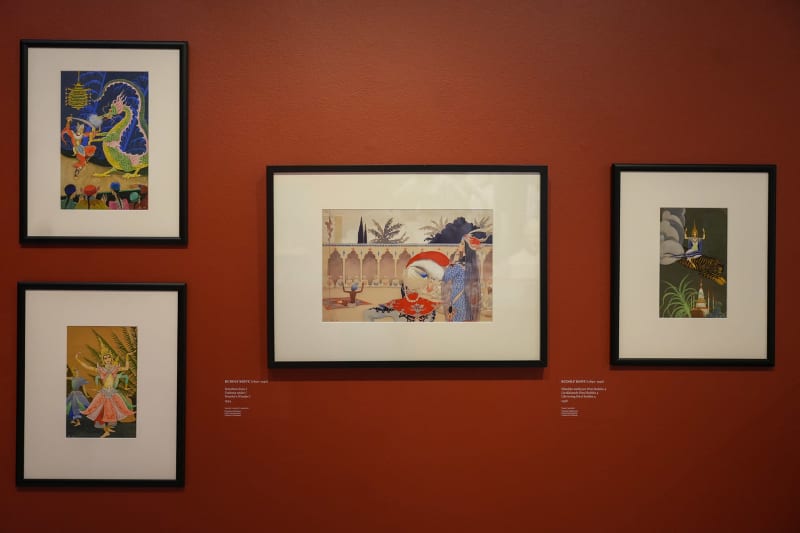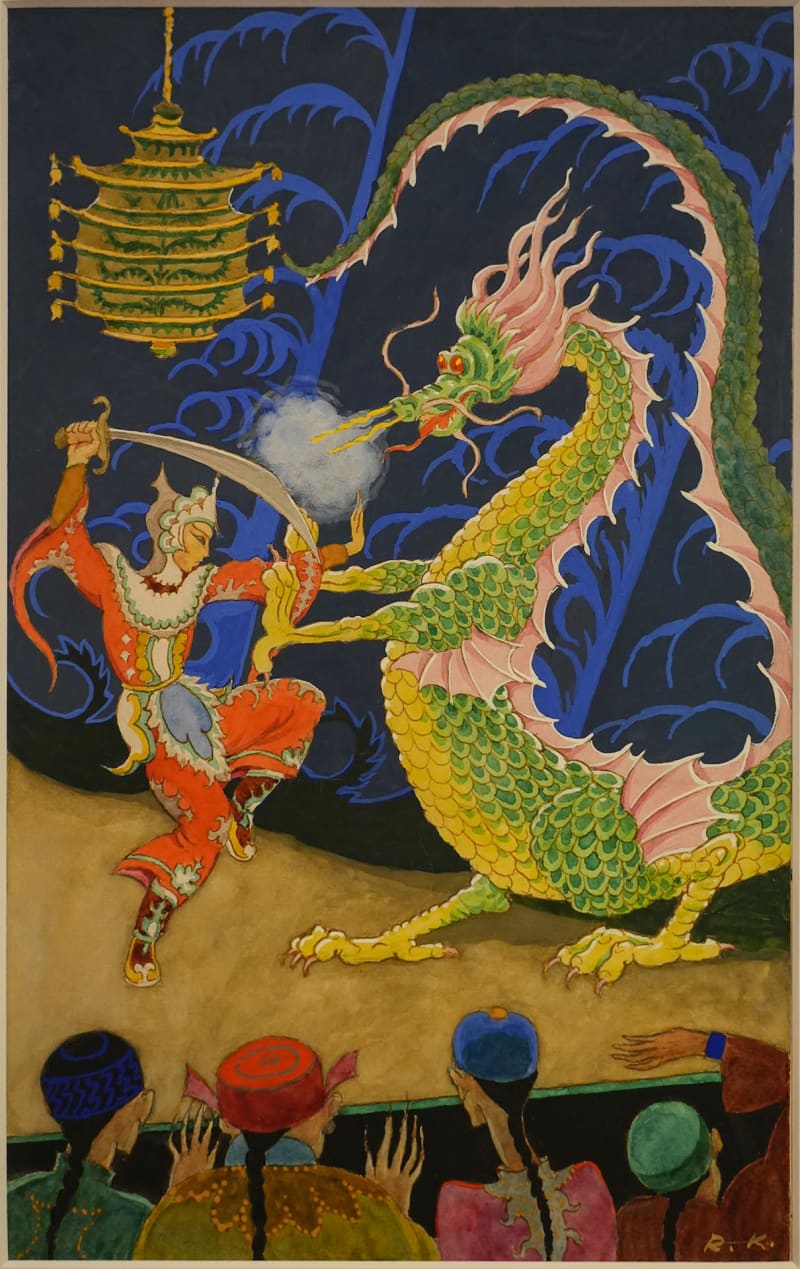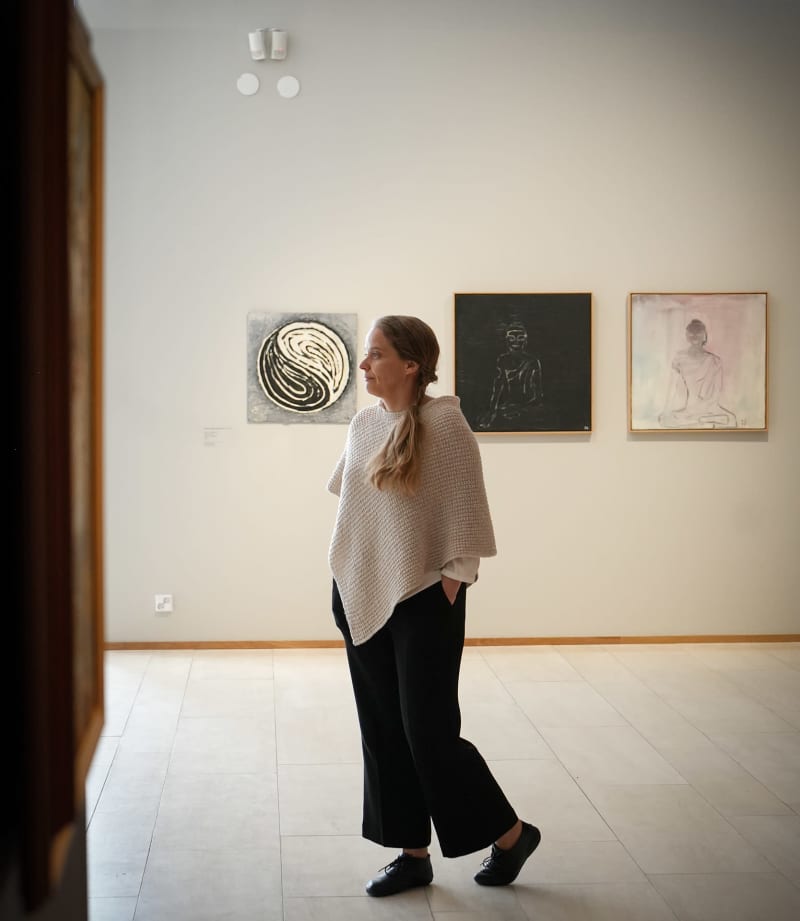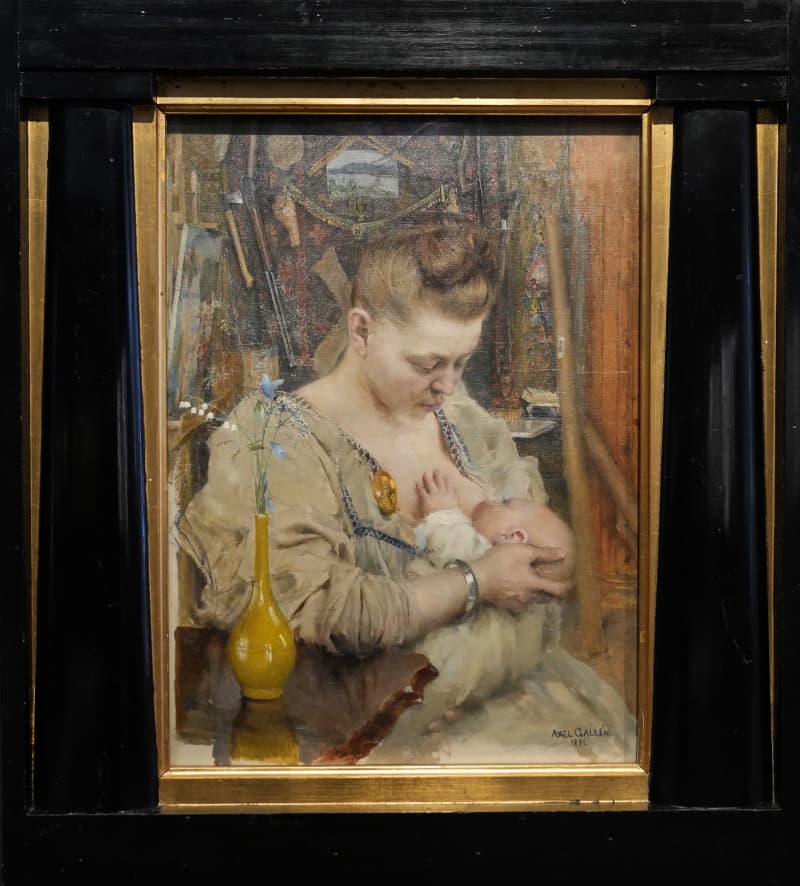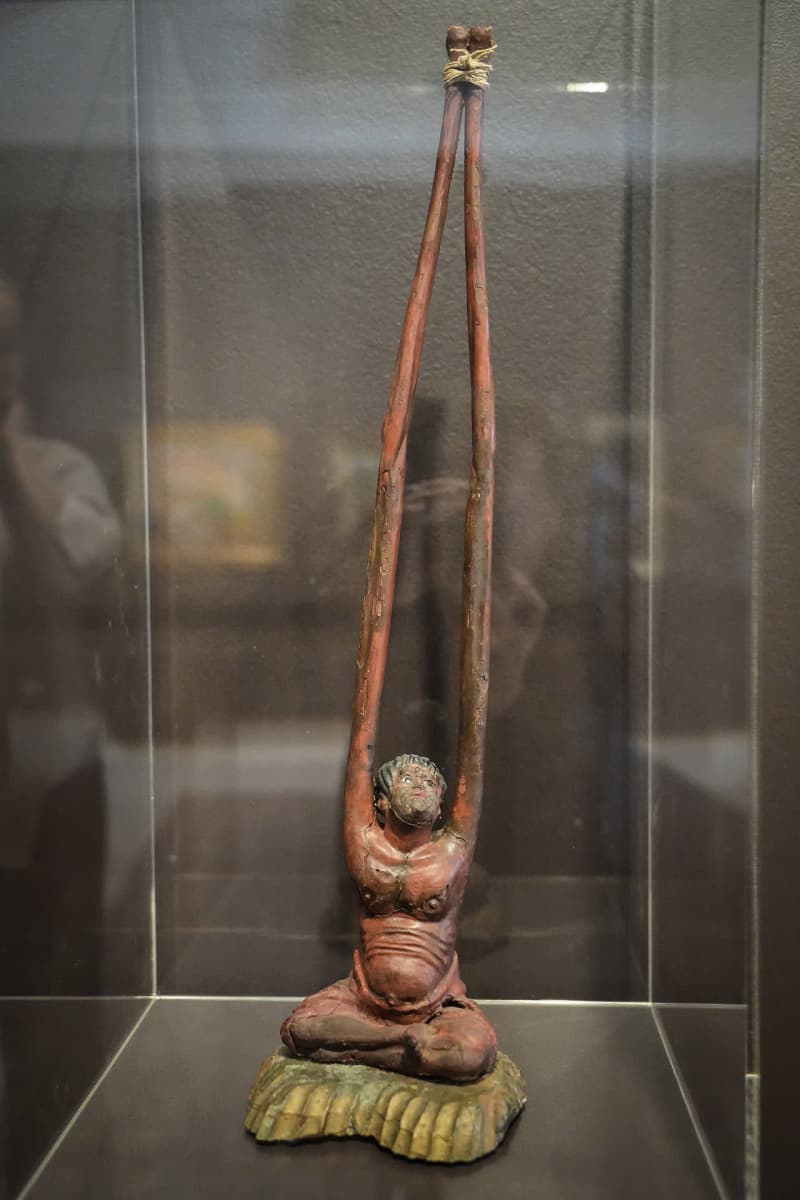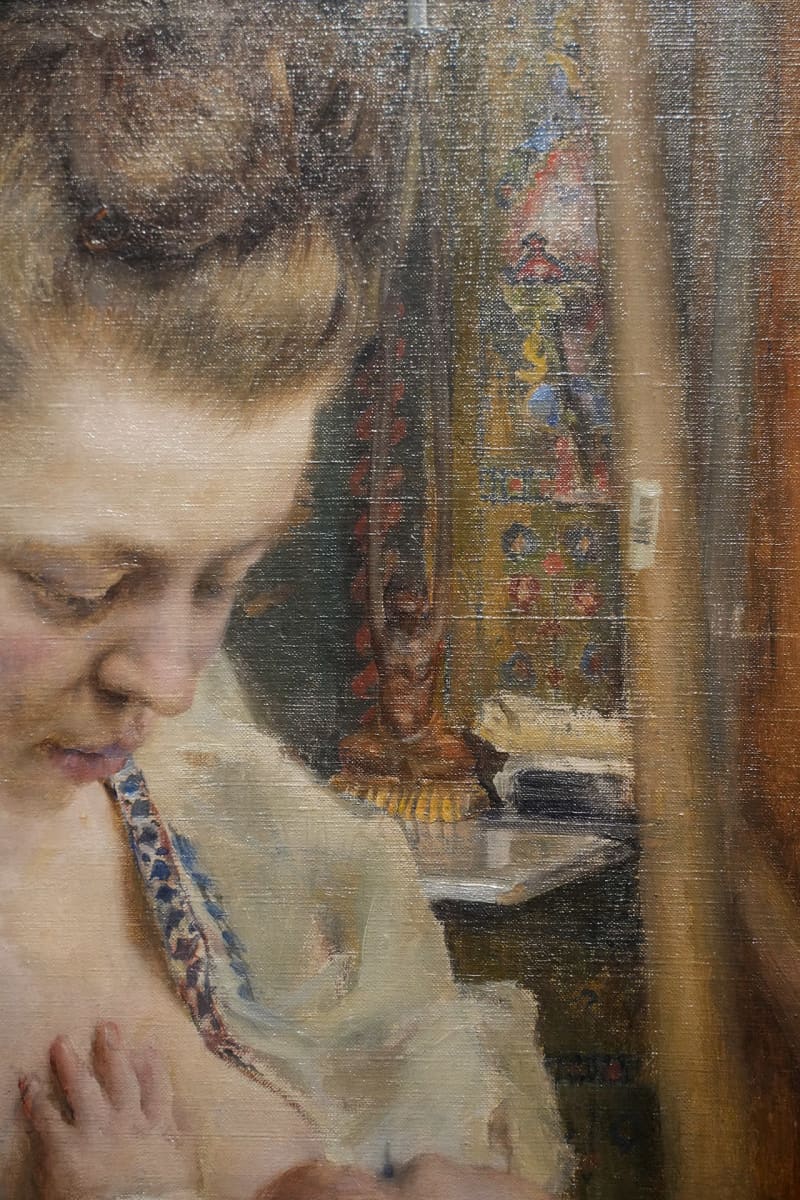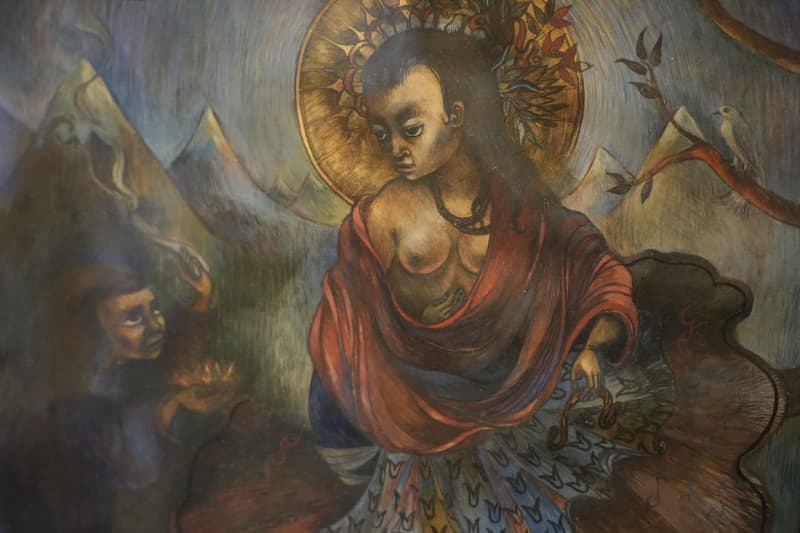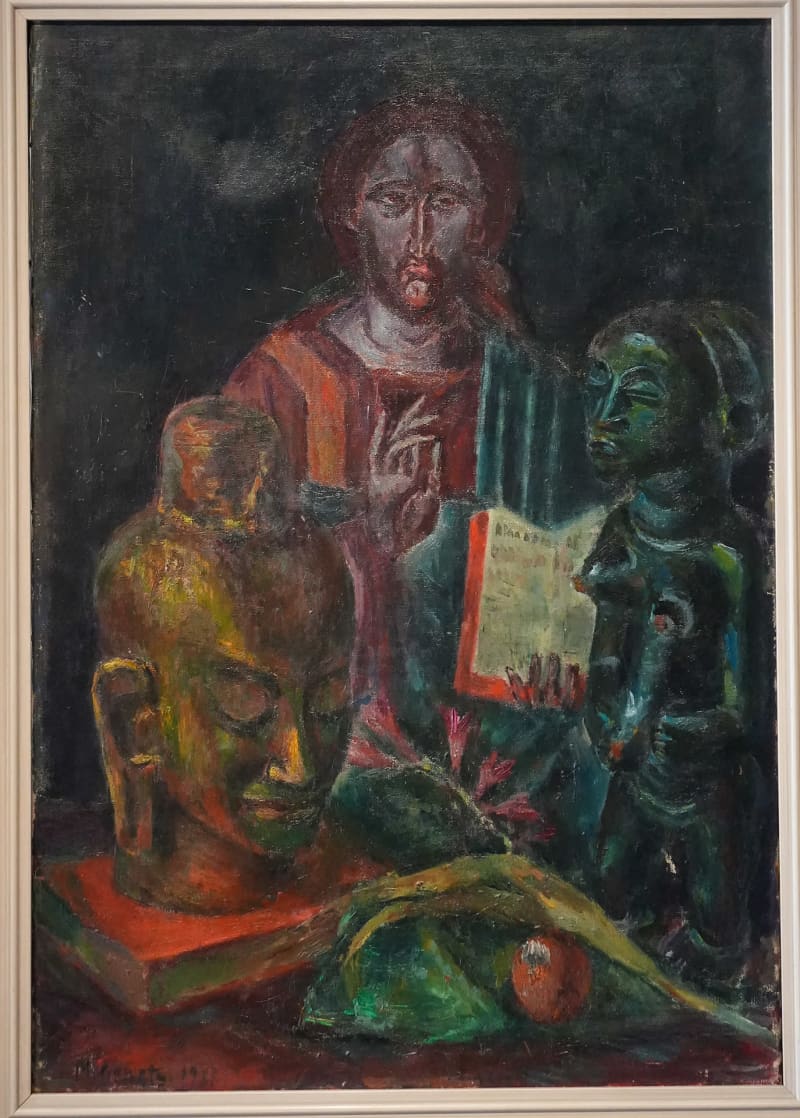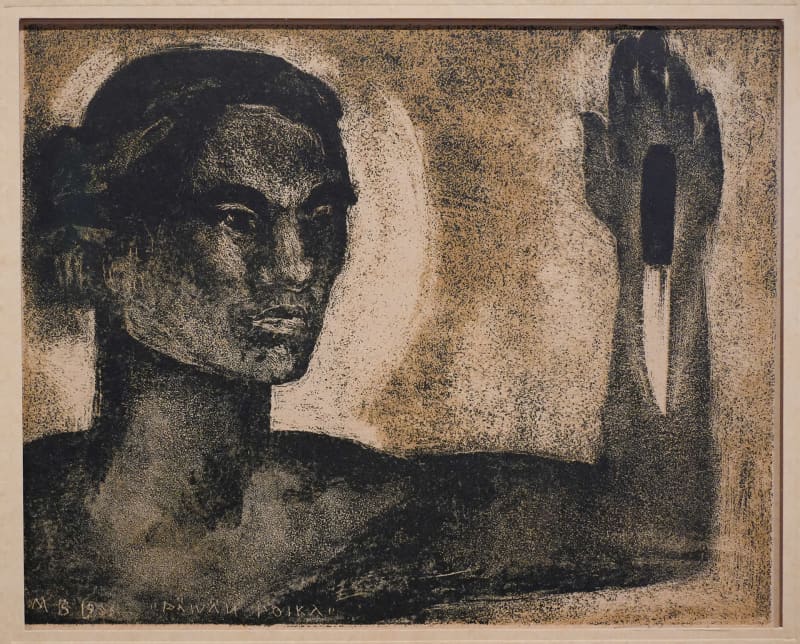
Villa Gyllenberg’s Eastern Spirituality exhibition presents Finnish artists who have been inspired by esotericism and Eastern religions.
In Koivu’s artistic career, there is also an interesting plot that has been less noticed. In the 1930s, Koivu illustrated several fairy tales related to Eastern themes, from which it is clear that he was familiar with, among other things, the symbolic gestures of Indian dance, or mudri.
In the midst of rebirth
Such surprising perspectives on domestic art are offered by the *Eastern spirituality* exhibition curated by Nina Kokkinen. It is a continuation of Kokkinen’s three-year research project, which maps esotericism and spirituality among Finnish artists.
– I think that artists have tried to look for alternatives, especially to ecclesiastical Christianity. Change was sought in the direction of esotericism, but for the same reason Eastern religions also aroused interest. It has been about seeking a different kind of spiritual heritage, Kokkinen states.
In the 19th century, eastern spirituality was brought to Finland not only by orientalism, but also by the theosophical movement, which was heavily influenced by the Indian religious tradition, and the associated esotericism, i.e. secret doctrine, which inspired many Finnish artists.
– *Ad Astra* describes a soul that is about to ascend to other planets in the cycle of reincarnation. The painting is one view of the doctrine of reincarnation, explains Nina Kokkinen.
In the newspapers of the 19th century, fakirs and similar oriental phenomena perceived as exotic also started to get column space. Therefore, Gallen-Kallelak acquired for himself a statue of a fakir reaching for heights with outstretched hands, which can be seen, for example, on the right side of the 1891 *Madonna* painting.
Spirit guides to help artists
– Ilona Harima was a member of the Theosophical Society and she was familiar with, among other things, tantra. Harima largely kept to herself, and she was not considered a special figure in artist circles. You could say that he represented his own time, summarizes Nina Kokkinen.
– It’s not necessarily that the artists tried to send secret messages or hide something through their works. Since in the study of art history, information about the artist’s aspirations has often been lost, from our point of view it can seem like a secret.
Exoticism and genuine interest
In the 19th century, Eastern spirituality was often seen in domestic and other European art as a genuine interest and effort to dialogue with a different culture, but it was also accompanied by categorization, confrontation and contradictions.
– It was felt that India would have a higher and more original religiosity in some way, but at the same time the reactionary nature of the country was criticized and we wondered if that ancient wisdom was left in India at all, says Nina Kokkinen.
At the exhibition, I played music from Airaksinen’s 1994 album *Milk Sea*.


